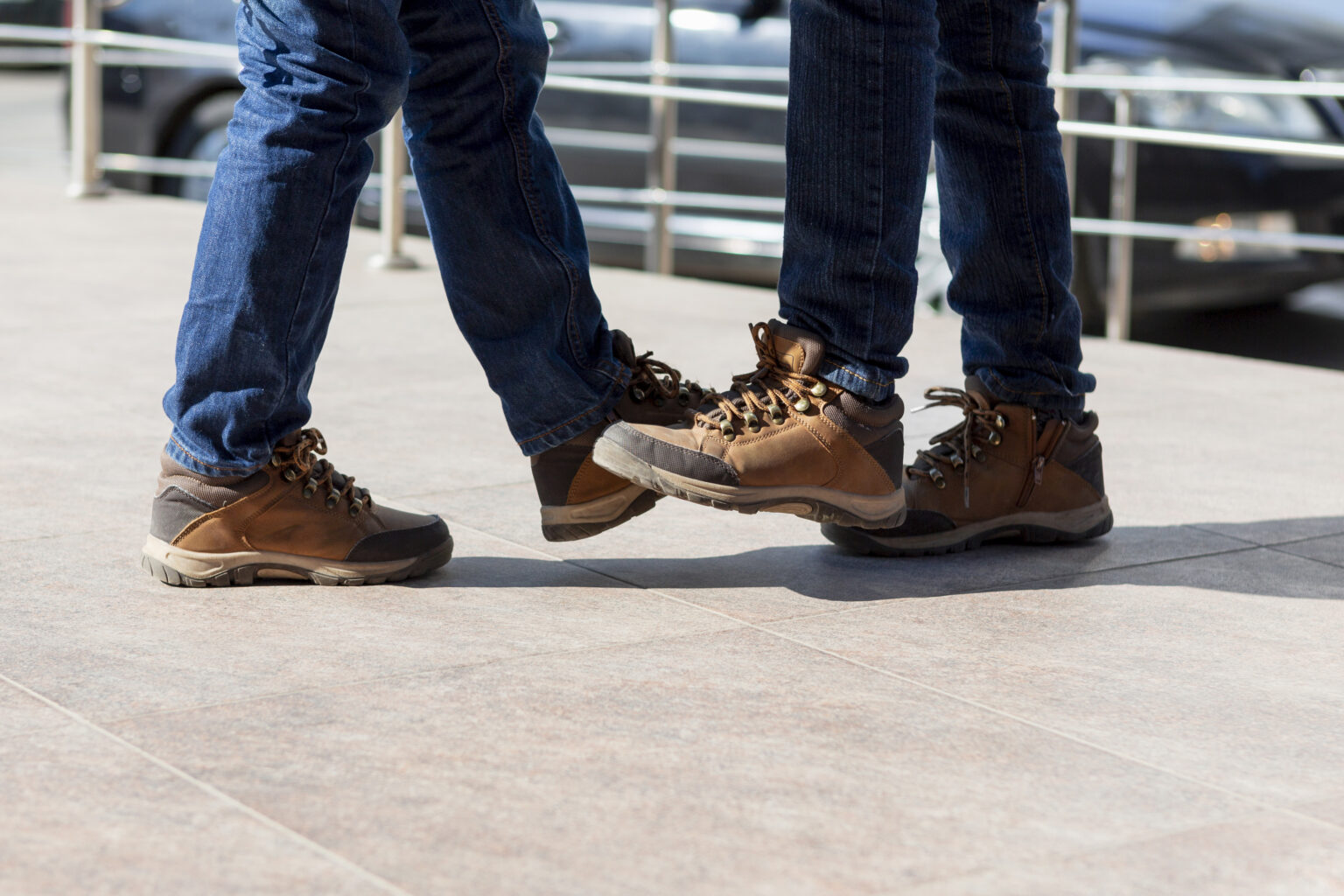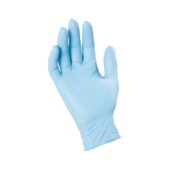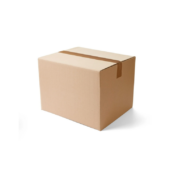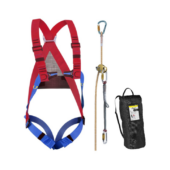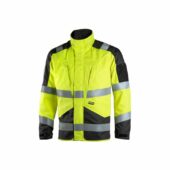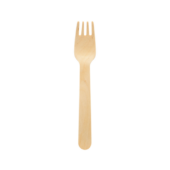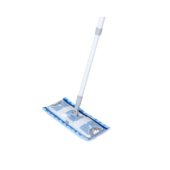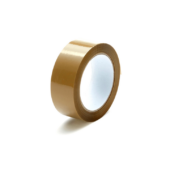Manufacturing work during the winter poses unique challenges, from freezing temperatures to challenging conditions, requiring more than just standard protective footwear.
Winter safety shoes, also referred to as insulated work boots or cold weather safety boots, are essential to staying safe, warm, and comfortable in these demanding environments.
By the end of this guide, you’ll know exactly how to choose the best winter safety shoes for manufacturing, equipping you to work confidently and efficiently in even the harshest winter conditions.
Plus, we’ll help you tackle your next challenge building a full winter workwear wardrobe to complement your footwear. For a broader overview, visit our main article, “How To Choose The Right Winter Safety Shoes – A Buyer’s Guide”.
Key Features to Look for in Winter Safety Shoes
When selecting winter safety shoes for manufacturing, consider these essential features:
1. Insulation and Warmth
Cold manufacturing environments demand shoes with excellent insulation. Look for materials like Thinsulate or fleece lining, which provide warmth without adding bulk.
2. Slip Resistance
Icy or wet floors are common in manufacturing facilities during winter. Choose shoes with outsoles made from rubber or polyurethane, designed with deep tread patterns for maximum grip.
3. Protective Reinforcements
Ensure the shoes have steel or composite toe caps for protection against falling objects and heavy machinery. Some models also offer puncture-resistant midsoles for added safety.
4. Waterproofing
Moisture can quickly become a challenge in winter conditions. Waterproof materials like treated leather or Gore-Tex help keep your feet dry throughout the workday.
5. Comfort and Fit
Working long shifts requires shoes that are comfortable and ergonomically designed. Opt for adjustable features like laces or BOA systems to ensure a snug fit.
To explore the top options, browse our curated collection of winter safety shoes.
Safety Standards for Winter Safety Shoes
The EN ISO 20345 standard ensures safety shoes meet specific requirements for protection in challenging environments, including:
| Safety Standard | Requirement | Standard Reference |
| Impact resistance | Steel or composite toe caps for 200 joules of protection | ISO 20345:2011 |
| Slip Resistance | SRC-rated soles for optimal grip on Slippery conditions | ISO 13287:2012 |
| Puncture Resistance | Optional midsoles to protect against sharp objects | ISO 20345:2011 |
| Waterproofing | Tested to prevent water from entering, keeping feet dry | ISO 20345:2011 |
| Other Features | May include electrical resistance, cold insulation, or chemical protection based on work demand. | IEC 61340-5-1, ISO 20345:2011 |
By meeting these standards, shoes ensure comprehensive protection in manufacturing environments. Learn more about EN Standards from this guide in Wikipedia.
Comparing Winter Safety Shoes for Manufacturing: A Quick Guide
| Feature | Key Considerations | Recommended Specification |
| Insulation | Subzero readiness | Thinsulate 200g or higher |
| Outsole Grip | Ice and wet floors | SRC-rated slip resistance |
| Protection | Machinery safety | Steel or composite toe cap |
| Waterproofing | Snow and spills | Gore-Tex or treated leather |
| Comfort | Long shifts | Cushioned insole, adjustable fit |
Tips for Choosing the Best Fit
Proper sizing is crucial for both safety and comfort. European manufacturers often use the Mondopoint system, which measures the foot length in millimeters. Use a sizing chart to compare your foot measurements with the manufacturer’s recommendations.
Additionally, consider wearing thicker winter socks when testing fit, as these are often used with winter safety shoes. A snug but not overly tight fit ensures both warmth and circulation.
Enhancing Safety with Complementary Winter Workwear
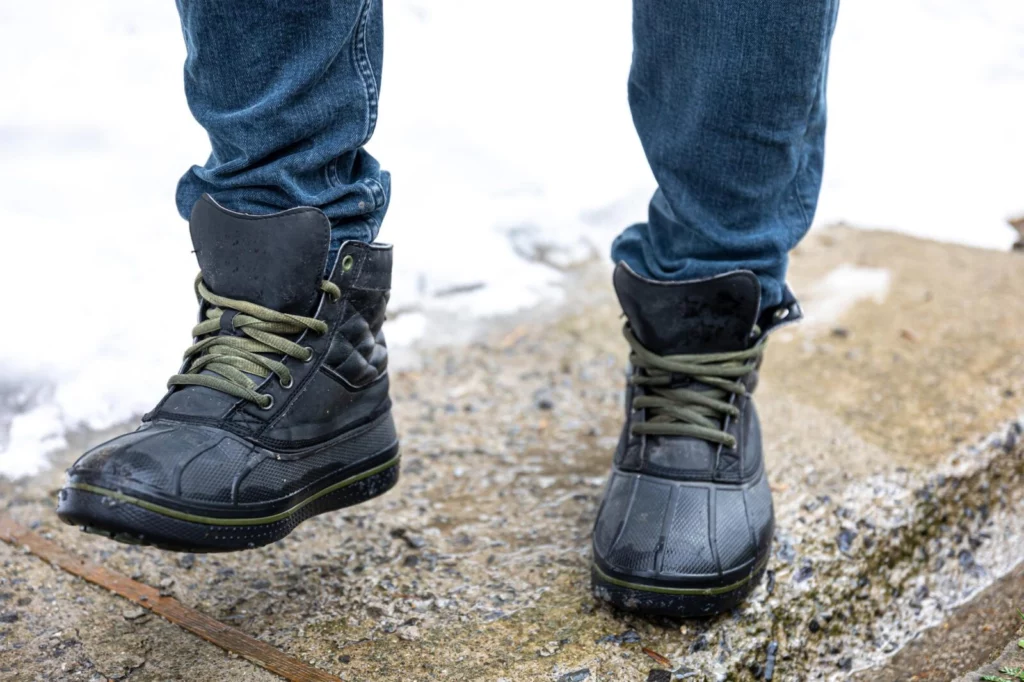
Pairing your winter safety shoes with the right clothing can maximize protection and comfort. Here are some related categories and guides to help you:
- Winter Work Gloves: Essential for protecting hands in cold and challenging conditions. Learn more in our guide, “Choosing Work Gloves For Cold Weather”.
- Winter Work Jackets: Stay warm and mobile. Explore our guide, “How To Choose Work Jackets For Winter”.
- Winter Work Pants: Durable and insulated for maximum performance. Check out our guide, “How To Choose Work Pants For Winter”.
- Winter Overalls: Full-body protection against extreme conditions. See “Work Overalls For Winter: The Ultimate Guide”.
Maintenance Tips for Longevity
Proper care extends the life of your winter safety shoes. Follow these maintenance tips:
- Clean Regularly: Remove dirt and salt stains with a damp cloth and mild soap.
- Dry Properly: Avoid direct heat; instead, let them air dry to prevent material damage.
- Apply Waterproofing Treatments: Reapply waterproofing sprays or waxes periodically to maintain resistance.
- Inspect Frequently: Check for wear and tear, especially on soles and protective reinforcements.
Conclusion
We hope this guide has simplified the process of selecting the perfect winter safety shoes for your manufacturing needs.
By focusing on insulation, slip resistance, protection, and comfort, you can tackle winter conditions with confidence and ease.
To stay fully equipped, consider pairing your footwear with essential winter workwear for optimal safety and efficiency.
Discover trusted brands and a wide selection of options in our Winter Safety Shoes collection. For complete winter protection, explore complementary items like Winter Work Gloves and Winter Work Jackets.
If you have any questions or need personalized assistance, feel free to reach out—we’re here to help you make the best choices for a safe and productive season.
Frequently Asked Questions
Try shoes on with thick winter socks for a snug but comfortable fit. Refer to the manufacturer’s sizing chart for guidance.
Yes, shoes with Thinsulate insulation (200g or higher) are ideal for subzero temperatures.
Composite toe caps are lighter and don’t conduct cold, making them more comfortable in winter conditions.
Yes, look for shoes with waterproofing features like Gore-Tex or treated leather to keep feet dry in wet conditions.
Replace them when you notice significant wear, reduced insulation, or Reduced waterproof effectiveness. Regular inspections will help.

